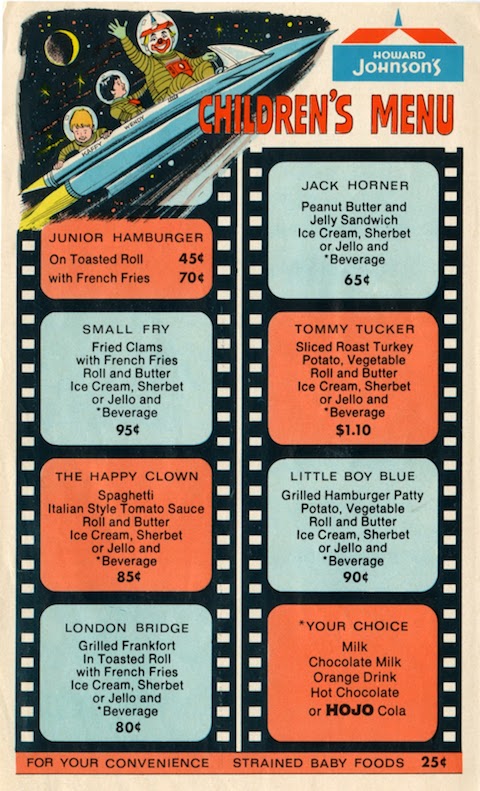Tim Burton started his live-action directing career making Pee-wee’s Big Adventure and went on to direct a string of blockbusters including a CG-heavy version of Alice in Wonderland that featured a lot more sword fighting than Lewis Carroll’s original story. Burton has crafted a couple movies that could be called masterpieces (Ed Wood, Beetlejuice) and alot more that decidedly could not (Hello, Planet of the Apes). Yet whatever project he takes on, his movies always look stunning, distinctive and, well, a bit ghoulish.
Burton started his career studying animation at the California Institute of the Arts (CalArts) – an art school almost as famous for being the training ground of the likes of Burton, John Lasseter and Brad Bird as it is for its clothing-optional swimming pool. You can see fragments of a couple of Burton’s movies he did at CalArts above. One is from a short called King and Octopus and it shows a cephalopod looking quite bored on a king’s throne while a guy (presumably the king) shouts abuse from a dungeon.
The clip is missing its soundtrack so your guess is as good as mine as to what the story is about. The second is Stalk of the Celery Monster, a movie about the worst dentist this side of Marathon Man. Burton’s obsession with the macabre is clearly evident even in these early works, especially Celery Monster, which has the sort of Frankenstein-like mad scientist that would pop up over and over in his later work.
Based off of Celery Monster, Burton was hired by Disney as an animator and he was soon put to work on the very unmacabre feature-length movie The Fox and the Hound (1981). It wasn’t his cup of tea. “At first I thought, ‘Wow, this is incredible,’” he told the Chicago Tribune back in 1992. “But once I got into it, I realized I wasn’t cut out for it. I didn’t have the patience and I didn’t like what they [Disney] was doing.”
Fortunately, Disney let Burton make his own shorts. He ultimately made three movies there including Frankenweenie (1984), which got him the attention of producers in Warner Brothers and which was later adapted into a 2012 feature. The first short he produced, however, was Vincent (1982), a stop-motion animated film about a Calvin-like seven-year-old boy who fantasizes that he’s Vincent Price. Check it out below. It displays all the traits that would come to be known as “Burtonesque.” Many more great animated shorts can be found on our list of Free Animated Films, part of our bigger collection 4,000+ Free Movies Online: Great Classics, Indies, Noir, Westerns, Documentaries & More.
Related Content:
Tim Burton: A Look Inside His Visual Imagination
Tim Burton’s The World of Stainboy: Watch the Complete Animated Series
Vincent: Tim Burton’s Early Animated Film
Six Early Short Films By Tim Burton
Jonathan Crow is a Los Angeles-based writer and filmmaker whose work has appeared in Yahoo!, The Hollywood Reporter, and other publications. You can follow him at @jonccrow.





